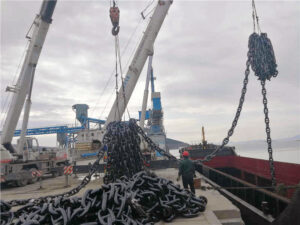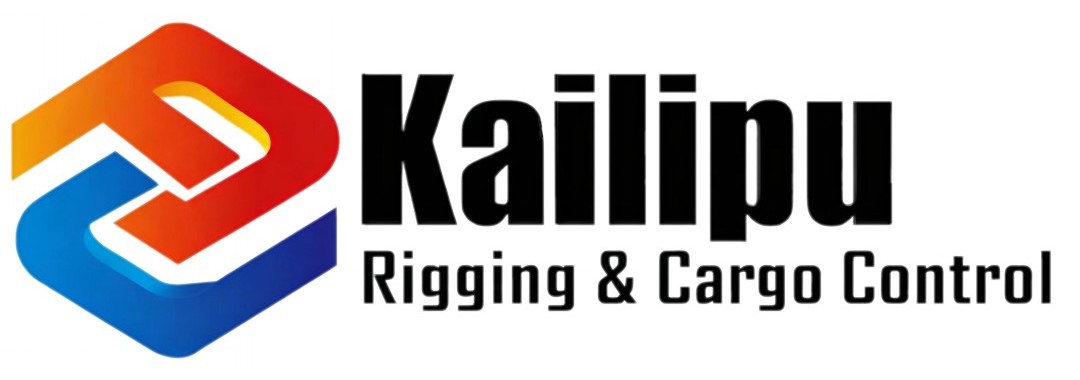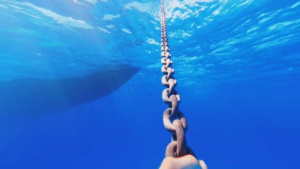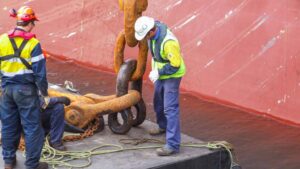5 Key Differences Between Marine Anchor Chain and Marine Mooring Chain
When it comes to securing vessels, understanding the differences between marine anchor chains and marine mooring chains is essential for safety and efficiency. Although both types of chains play crucial roles in marine operations, they are designed for distinct purposes and have unique characteristics. In this guide, we’ll explore the five key differences between marine anchor chains and marine mooring chains.

1. Purpose and Application
Marine anchor chains are primarily used to anchor a vessel to the seabed. They are designed to provide a strong and reliable connection between the vessel and the anchor, ensuring the ship remains stationary even in rough sea conditions. The primary function of anchor chains is to hold the vessel in place during anchoring.
Marine mooring chains, on the other hand, are used to secure a vessel to a fixed mooring point, such as a dock, buoy, or mooring field. These chains are used for long-term or temporary mooring, keeping the vessel in a fixed position relative to the mooring point. Mooring chains are essential in harbors, marinas, and offshore platforms.
2. Design and Construction
Anchor chains are designed for maximum strength and durability. They are typically made from high-grade steel and have a short-link design to reduce tangling and twisting. The links are robust and often feature higher tensile strength to withstand the dynamic loads encountered during anchoring.
Mooring chains are also constructed from high-strength materials, but they can vary more in design depending on the specific application. They often have longer links than anchor chains, providing flexibility and ease of handling. Mooring chains must endure static loads over extended periods, requiring different design considerations compared to anchor chains.
3. Load Characteristics
Marine Anchor Chains
Anchor chains experience dynamic loads due to waves, tides, and vessel movements. They must absorb shock loads and provide sufficient catenary (a natural sag in the chain) to maintain tension and prevent the anchor from dragging. The chain’s weight and design help in damping these dynamic forces.
Marine Mooring Chains
Mooring chains typically face static loads, with occasional dynamic forces from wind and current. They are designed to maintain a constant position rather than absorb significant shock loads. The primary concern for mooring chains is corrosion resistance and maintaining integrity over time.
4. Corrosion Resistance
Marine Anchor Chains
Given their frequent immersion in seawater and exposure to varying conditions, anchor chains require excellent corrosion resistance. They are often galvanized or made from corrosion-resistant alloys to prolong their lifespan. Regular maintenance and inspections are critical to ensure their reliability.
Marine Mooring Chains
Mooring chains, especially those used in permanent installations, need to resist corrosion over long periods. These chains might be coated or treated with anti-corrosive materials and may include sacrificial anodes to combat electrochemical degradation. The focus is on long-term durability rather than just corrosion resistance.
5. Maintenance Requirements
Marine Anchor Chains
Anchor chains require regular inspections and maintenance due to their exposure to harsh conditions and dynamic loads. Wear and tear, rust, and deformation are common issues that need addressing to ensure the chain’s reliability during anchoring operations.
Marine Mooring Chains
Mooring chains also require periodic inspections, but their maintenance is typically less frequent compared to anchor chains. However, because they are often used for long-term applications, ensuring they remain free from excessive corrosion and mechanical wear is crucial.
Conclusion
Understanding the differences between marine anchor chains and marine mooring chains is vital for choosing the right equipment for your vessel. Anchor chains are built for strength and dynamic loads, making them essential for secure anchoring. In contrast, mooring chains are designed for long-term, static mooring applications, with a focus on corrosion resistance and durability. By selecting the appropriate chain for each application, maritime professionals can ensure the safety and stability of their vessels in various marine environments.
Your Premier Source for Professional Marine Mooring Supplies in China
As a leading supplier of professional marine mooring supplies in China, we are committed to delivering the highest quality products that ensure the safety and stability of your vessels. Our extensive range of marine and mooring equipment, including durable anchors, chain and wire ropes, shackles, and reliable rigging and lifting equipment, is designed to withstand the harshest marine environments. We pride ourselves on our rigorous quality control processes, innovative design solutions, and exceptional customer service. By choosing our supplies, you are investing in the reliability and performance that maritime professionals worldwide trust and depend on.
Browse our website or contact our team at [email protected], Kailipu will work with you to make better marine mooring accessories components.




